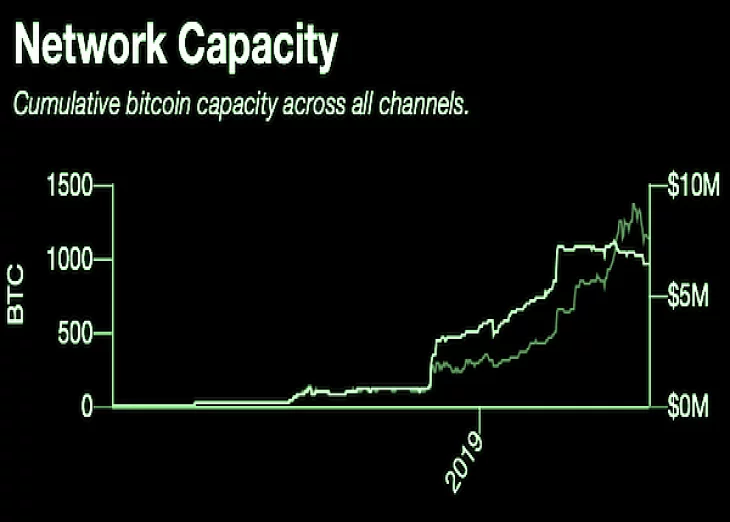The Lightning Network Might Now Need a Token

The Lightning Network (LN) is to soon get watchtowers with the release of version 0.7 LND at an undisclosed date sometime this June.
Initially altruistically, the watchtowers are to see if anyone is trying to double spend by replaying an old transaction.
As you may know, LN doesn’t quite solve the double spending problem except through a game-theory mechanism whereby the network punishes an attempted double spender, but that’s only if someone is watching.
That’s why for now you have to be online all the time if you’re using LN, with the proposed solution here being that you can delegate this to a watchtower.
The watchtower has costs, particularly in regards to storage, so the plan is to implement some sort of fee charging mechanism followed by allowing individuals to pre-pay for backups of previous transactions which are necessary if you want to punish the double spending replayer.
“When it is integrated, it will probably resemble a Chaumian scheme where you pay via Lightning to acquire blinded tokens redeemable at the tower,” Conner Fromknecht, head of cryptographic engineering at Lightning Labs, said according to the Bitcoin Magazine.
They’re arguing this token might be desirable for privacy as it could potentially be designed in a way that the payment to the watchtower is not linkable.
This would be done through some sort of whitelisting as watchtowers could then “authenticate users up front but from then on it wouldn’t be able to pinpoint which users are renewing or backing up to the tower” according to Fromknecht because the tokens would be “blinded” and payments can’t be traced to a particular user.
The Chaumian scheme was used in eCash in the late 90s, an attempted digital fiat currency that used RSA blind signatures to achieve unlinkability between withdrawal and spend transactions.
Why a token would be needed here isn’t too clear, with some debate ongoing among LN devs regarding whether it would be the right approach.
A bigger concern would be who watches the watchers, with no clear solution so far unless of course you have some sort of Poof of Work or Proof of Stake mechanism in a blockchain of sorts.
Nor is it clear why bitcoin developers are not learning from some advances in eth in particular where snarks, and now even the starks, are being employed for scalability as innovative approaches have led to solutions that can significantly compress transactions with little tradeoff.
That could be far more superior than LN which is hardly finding much use with its total network capacity at just 950 BTC now a year on since it launched with the average channel capacity standing at just $200.
That might be because the main use case for bitcoin for now is the transfer of value. One off, in many cases large, payments that arguably wouldn’t benefit very much, if at all, from going to LN first especially considering its double spending problem.
There is also commerce with BitPay, for example, processing $1 billion worth of bitcoin a year according to the latest data from last year.
LN could play a role here, but starks could do it too at no cost and without double spending problems at least as far as it is currently known.
There is also TrueBit, which arguably deserves a bit more attention, with LN being one of the first conceptualization of transactions compression rather than the one and only solution.
Copyrights Trustnodes.com














Article comments